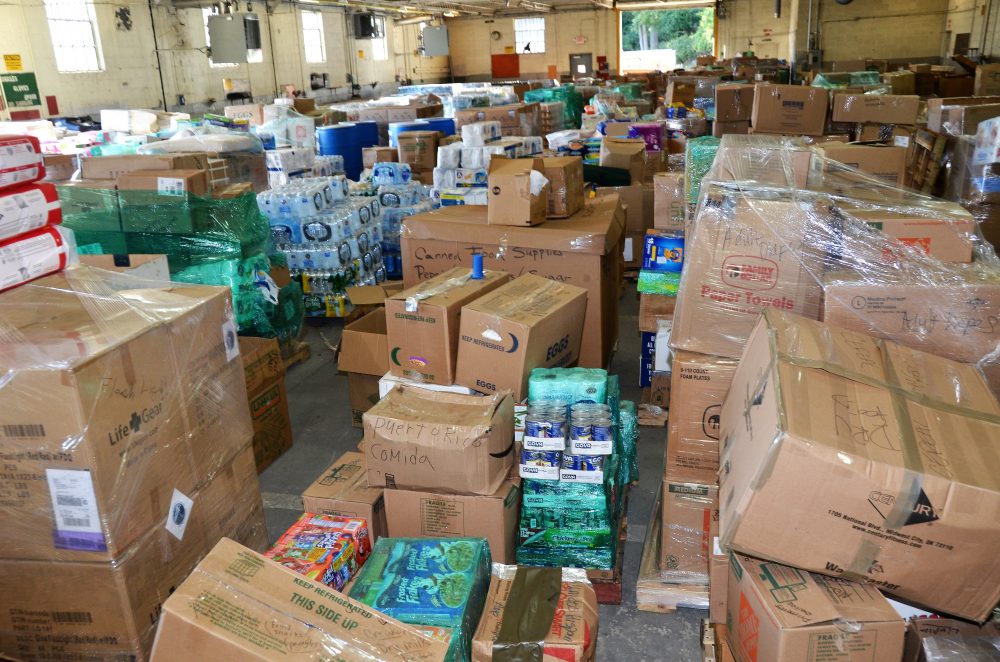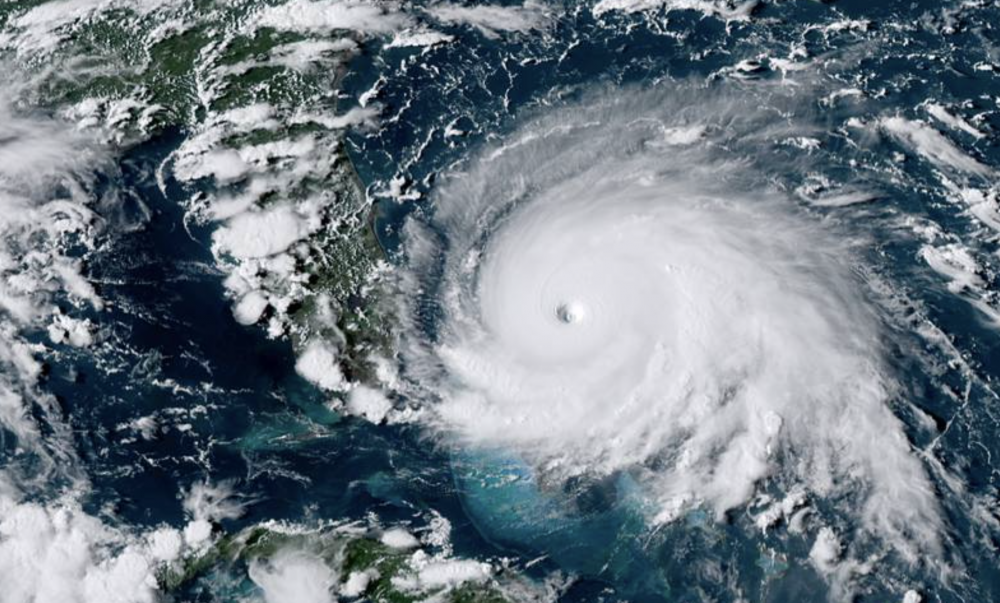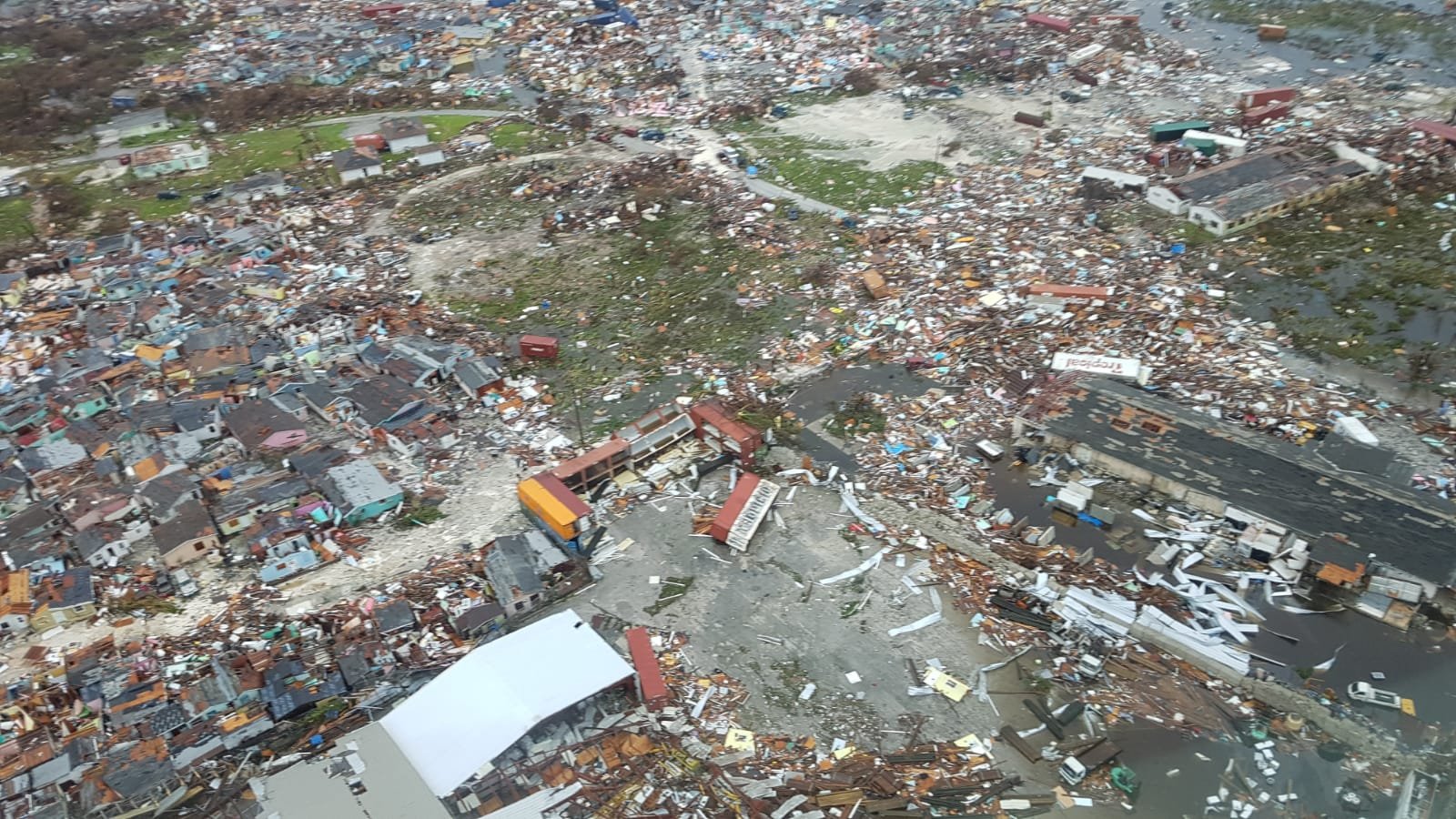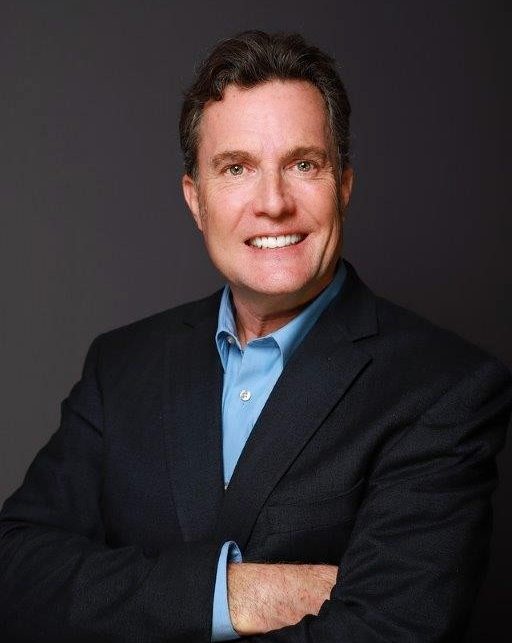Good360 Partners with UPS to Solve the Problems of Last Mile Distribution
In the aftermath of Hurricane Dorian, humanitarian aid workers trying to get critically needed supplies to survivors in the Bahamas faced a logistical nightmare of monumental proportions. One of the most powerful hurricanes ever recorded in the Atlantic Ocean stalled over the Bahamas for more than two days, leaving roads, docks, airports and communication grids […]

In the aftermath of Hurricane Dorian, humanitarian aid workers trying to get critically needed supplies to survivors in the Bahamas faced a logistical nightmare of monumental proportions.
One of the most powerful hurricanes ever recorded in the Atlantic Ocean stalled over the Bahamas for more than two days, leaving roads, docks, airports and communication grids heavily damaged.
Getting relief supplies to the islands proved to be only the first challenge. The far greater obstacle came in trying to get cargo from ports and airports through to trusted nongovernmental organizations (NGOs) that had the ability to send supplies directly to storm-battered communities — what disaster response experts call “last mile distribution.”
Existing or potential warehouse locations had largely been destroyed or damaged by floodwaters, presenting a key challenge for moving goods into the region and storing them until they could be responsibly distributed. That was exacerbated by communications and power infrastructures also being severely compromised.
It wasn’t just the lack of storage, phone lines or electricity. A big part of the challenge was finding anyone who could figure out a way to reliably transport supplies across the chain of islands to people most in need.
The hurricane survivors desperately needed relief aid — but the right kind of supplies didn’t always reach the right people. For example, many tons of food, water and other donations landed in Nassau, the country’s capital, but that part of the Bahamas suffered relatively little damage. By comparison, nearly every structure in Marsh Harbour, the largest town in the Abaco Islands, was destroyed.
Frustrations have been mounting for weeks and months among those who need resources but cannot connect with a safe distributor.
The enormous logistical challenges in the Bahamas prompted Good360 to collaborate closely with one of our most important partners, the UPS Foundation, to come up with creative solutions for this disaster and similar ones in the future.
We’re looking to establish a model for last mile distribution when warehouse facilities are not readily available, airports and ports are damaged or clogged, roads are compromised and case management is minimal. We’re developing strategies that would work for a Category 5 hurricane making landfall in the Bahamas, the Florida Panhandle or southeast Texas.
For example, are there ways to build temporary warehouses quickly and cheaply in a disaster zone? Would it be more effective for survivors to be brought to relief centers where donations would be available rather than bringing the supplies directly to them? How can we help survivors take advantage of product donations when many don’t have as much as a bag or a suitcase to carry away goods or a home to store them in? How can we get more visibility into actual needs on the ground when communication systems are compromised?
Meanwhile, there are still tons of donated products left in the Bahamas that need to be properly distributed to the neediest survivors now, months after the disaster. Working with UPS and nonprofit partners on the ground, we’re aiming to get these donations directly to the hardest-hit communities over the next several months. We also want to measure the impact of these donations once they have finally reached the right people.
With disasters of this scale frankly, the problem is almost never a lack of relief supplies, thanks to the generosity of companies, NGOs and individuals with good intentions. It’s the oversupply of donations – especially unsolicited ones – and the inevitable challenges of last mile distribution that usually bedevil emergency responders in the disaster zone.
The shift that needs to happen is a more thoughtful approach to giving that is informed by on-the-ground assessments of actual need, across the entire life cycle of a disaster (not just in the immediate aftermath). Instead of inundating a disaster area with pallets and pallets of food and water for months, for example, the donations should also address longer-term needs such as housing and improved quality of life for impacted communities. We’ve been advocating for this more holistic approach to disaster recovery with Good360’s Resilient Response initiative.
Coming up with creative solutions for more resilient response in the Bahamas and elsewhere will help us and other organizations respond better to future disasters, ensuring that the right products get to the right people at the right time.
For more information, visit good360.org.
More like this

Hurricane Dorian: A Quick Guide for Funders

